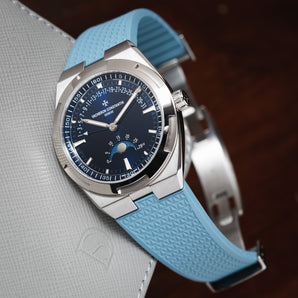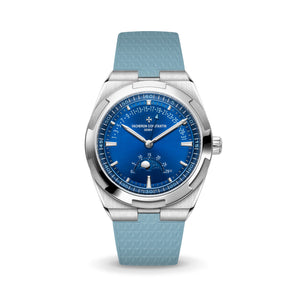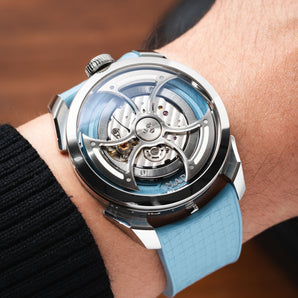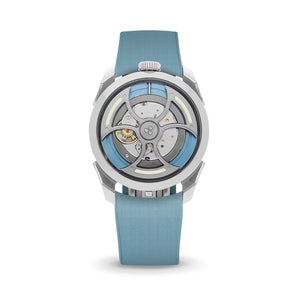Our Leather Selection
With so many different leather on offer, we know it can get a little confusing to know which leather to choose. We hope that this page will help to educate about the different leather we use, and which one is most suited for your needs.
Comparing the leather across a few key characteristics, here's how the leather stack up on a scale of 1 to 5, with 1 being the least, and 5 being the most.
Note: There is no "ideal" leather as it depends very much on the look and feel that you are going for in a leather product, and it is not always true that 5 is the most preferred across all characteristics. For example, some people might prefer a leather that is more flexible (5 on the Pliability scale), while others might like it to be stiff.

- Tannage: Refers to whether the leather is vegetable-tanned (or veg-tan), chrome-tanned, or a combination of both. Vegetable tanning is a natural process, relying on tree tannins and water, while chrome tanning relies on chromium salts and tanning liquors. While veg-tan leather is typically seen as "higher quality" and more natural, chrome-tan leather are generally more pliable, with greater water-resistance and scratch-resistance properties.
- Surface Texture: Refers to the texture of the leather surface, either smooth, pebbled (naturally occurring due to the tanning process), embossed (pattern is stamped onto the leather), sand (leather with the top surface sanded or marked), or scales (for exotic leather).
- Pull-Up Effect: Refers to the change in colour of the leather as the leather is stretched. This is due to the movement of the oil and wax inside the leather. Not all leather has a pull-up effect as it depends on the tanning method.
- Shine: Refers to the level of reflectivity (how much it reflects light) of the leather. For veg-tan leather, it generally starts off with a matte/dull finish, but becomes shinier with use due to patina. See the section on "Patina Potential".
- Pliability: Refers to the flexibility of the leather, and how easy it is to bend. While a leather might be highly pliable, the pliability of the final leather product will depend on a number of factors such as the thickness, construction method etc. For example, a flexible leather can be made less pliable as a strap by adding a stiffener layer, while a stiff leather can be made more pliable by reducing the thickness.
- Scratch Resistance: Refers to the durability of the leather in terms of withstanding scratches and marks.
- Water Resistance: Refers to the ability of the leather to repel water. No leather is 100% water-proof, and submerging a leather that is highly water-resistant for prolonged period will still alter the characteristics of the leather.
- Patina Potential: Refers to the ability of the leather to patina, or the natural-look of the leather as it ages. Patina is a soft glow on the leather that develops through friction and wear. Patina is often said to enhance a product (gets better with age) as the leather product develops a character that is an amalgamation of all the conditions that it's exposed to. In general, veg-tan leather develops a patina while chrome-tan leather does not.
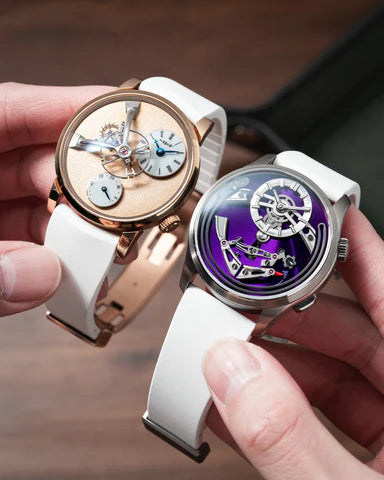

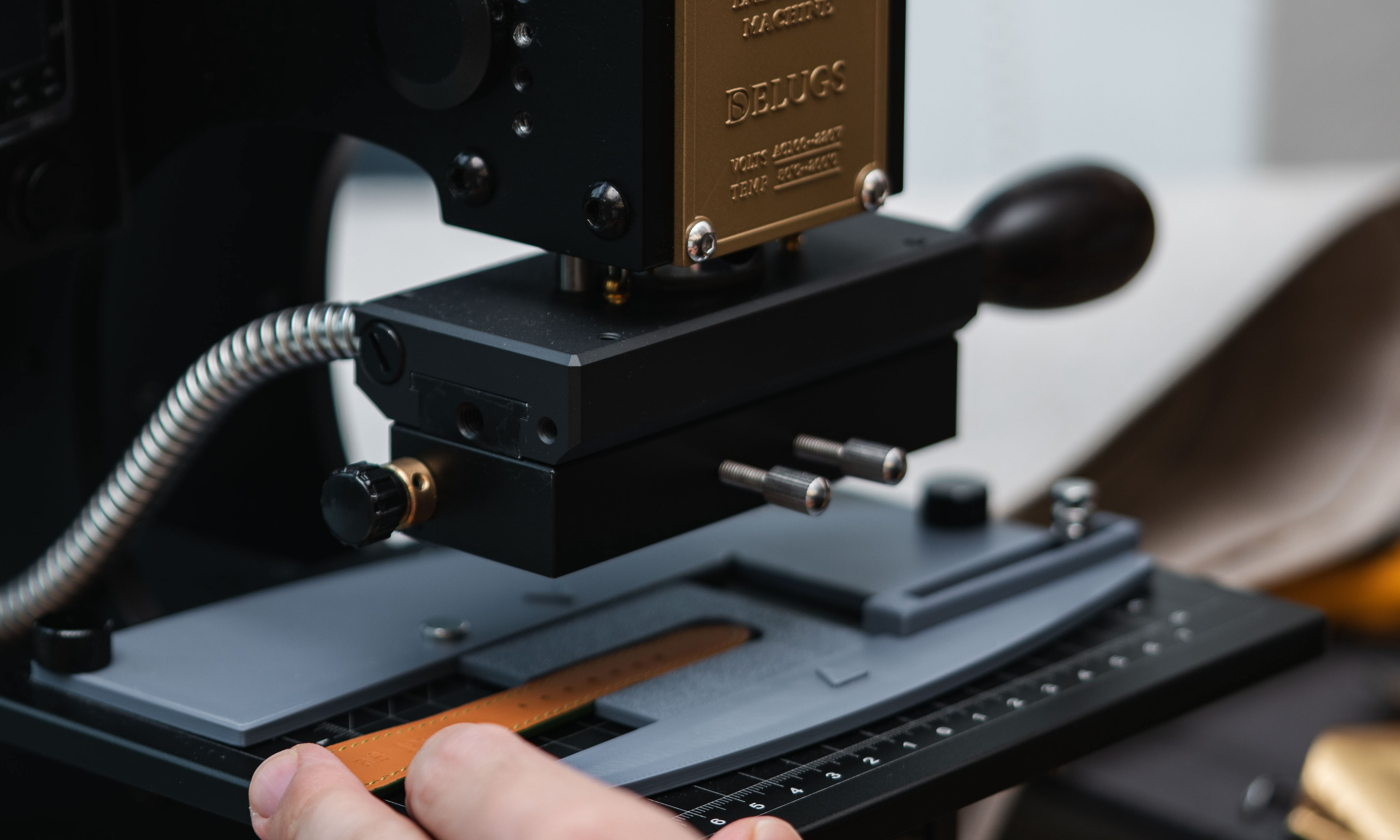
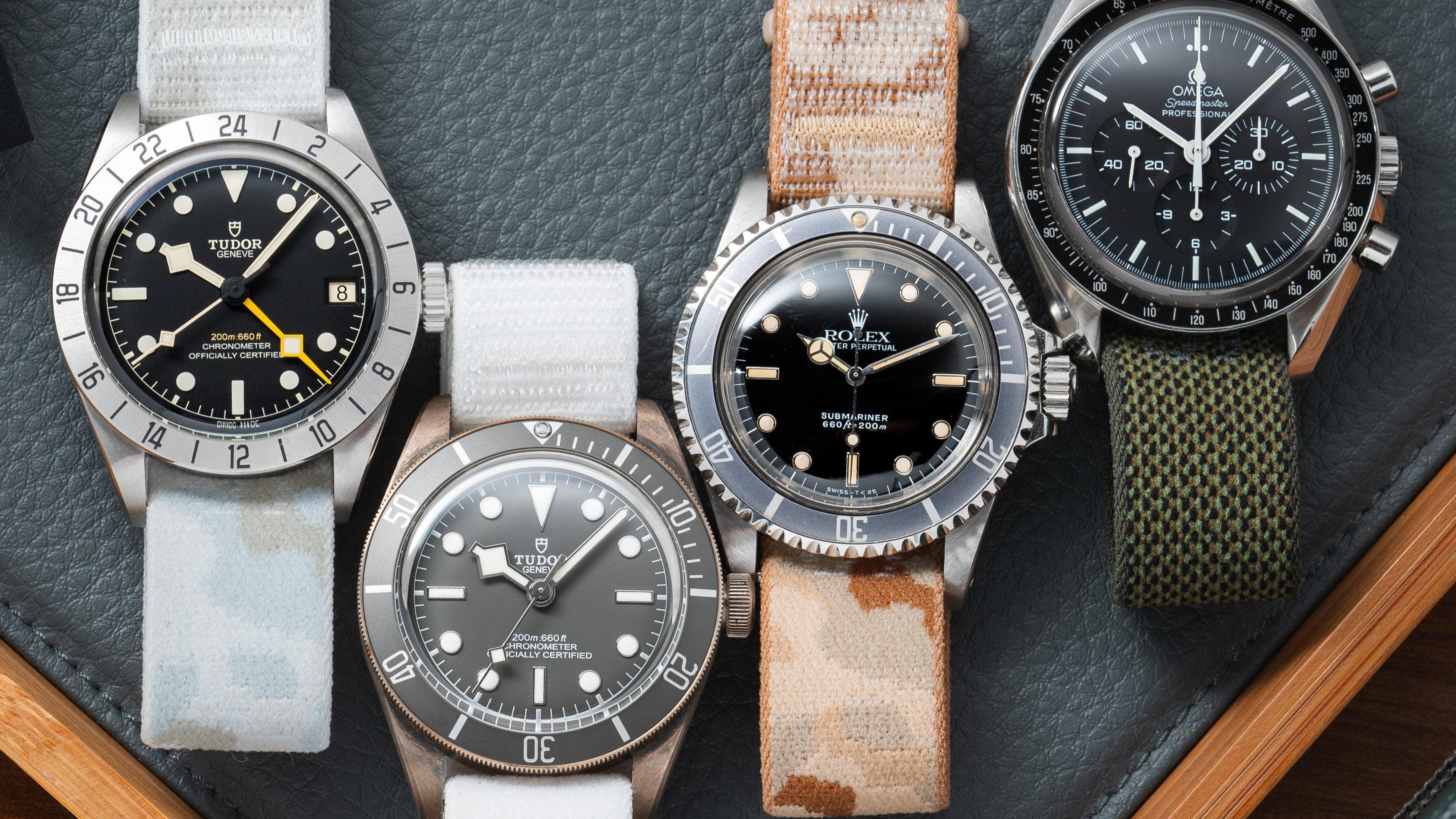
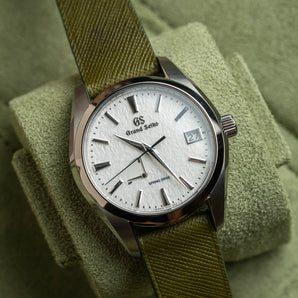
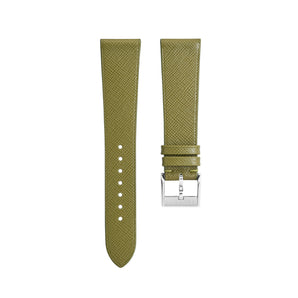
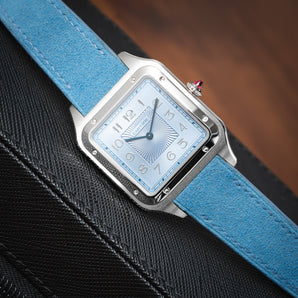

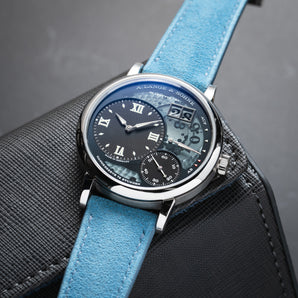
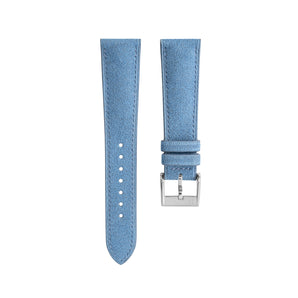
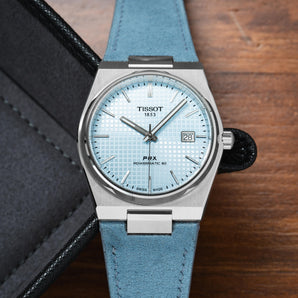
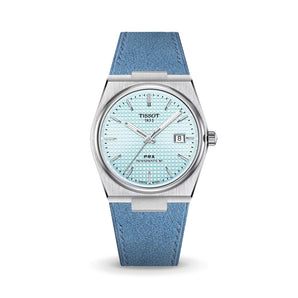
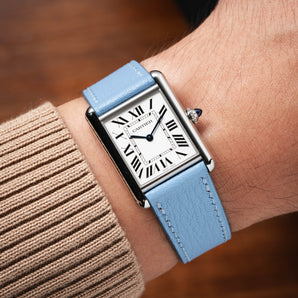
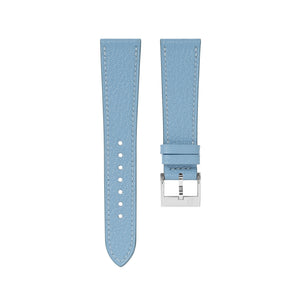
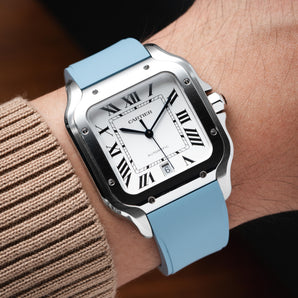
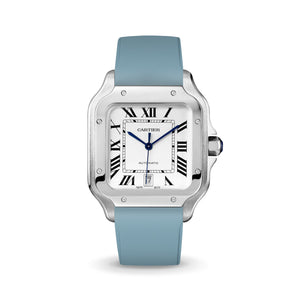

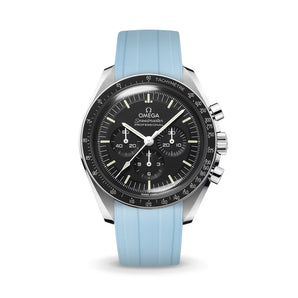


 Buy One, Get One 25% Off
Buy One, Get One 25% Off


